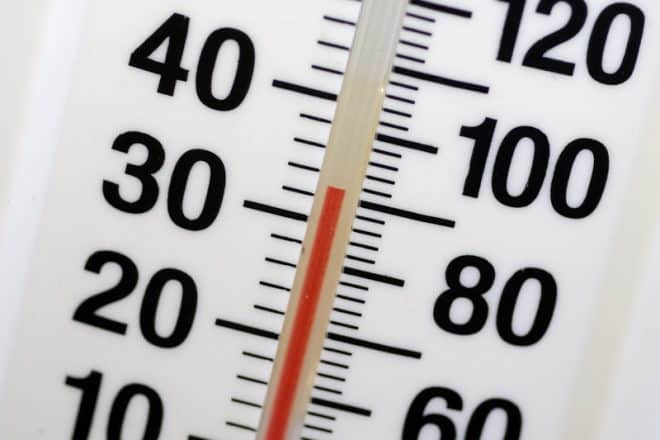
Opinion – the state of temperature kiosks and the wide range of specs and solutions and claims that exist in the marketplace.
As government and corporate America develop post-COVID-19 action plans for responsibly reopening the country, some businesses are scrambling to keep up with the demand for thermal cameras, which many believe can help identify novel coronavirus cases via elevated temperature detection.
We see many RFPs from governmental agencies for temperature and thermal sensing devices. Federal such FEMA and the Veterans Administration among them.
There are also several pitfalls and challenges with this technology when it comes to detecting somebody with an elevated body temperature. Things that can affect the accuracy of the measurement are:
- Makeup
- Physiological Stress
- Sweating
- Insufficient Camera Resolution
- Measuring the wrong location on the face
- Not using a reference black body for calibration
- Using the wrong camera
- Subject motion
Some observations:
- The fact that the key measurement is temperature would seem to imply that the manufacturer has a superior device or at least a documented device. Does your supplier describe the sensor for you, or do they provide specifications?
- Some solutions utilizing non-FDA-approved devices in the cause of health condition check have been withdrawn due to potential liability issues the device manufacturer might be subjected to.
- Does the camera support a black body calibration?
- Cameras have a NETD factor which is basically the noise floor it will factor and then read the signal. Almost like squelch discrimminators in RF radios. Being able to filter noise out from the measurement is crucial. What is the factor and spec?
- ADA and height can be a factor — Some solutions provide AI which automatically detects the face and focuses. Others will not.
- Reflected light impacts the measurement. In junior high I entered the Science Fair and for my project I demonstrated Albedo. A black man or a hispanic or a white person can all measure differently.
- Are you reading body temperature or facial temperature.
In conclusion, the most important questions to ask a potential supplier are:
- What is the spatial resolution?
- How long has your solution/camera been on the market?
- Has your solution been used successfully during the SARS outbreak?
- What is the ideal distance to subject during screening?
- Does your camera have a 510k approval?
- How many pixels?
Temperature Sensor Device Examples
- Industrial infrared temperature sensors are inexpensive and used everywhere in home and industrial. Your microwave for example. They read surface temperature if aimed properly and clean and calibrated (all sensors require cleaning and calibration)
- The Heimann sensor is the first we encountered. The HPTA32x32 (64 pixel) “thermopile array”.
- Melexis makes several models (all TO-39)
- Mitsubishi, Elo and many others make these.
- They have been adapted for reading temperatures of foreheads basically and are at the low end of the accuracy scale.
- None of these are FDA approved or submitted.
- Thermal Imaging Cameras
- These are a whole magnitude higher weight-class. Several of them are specifically designed for reading elevated body temperature.
- FLIR is the manufacturer most used. They have several which certified by FDA and others submitted.
- Another option is ICI though there are some questions on FDA 510 (we cannot locate them) as well as some components used.
